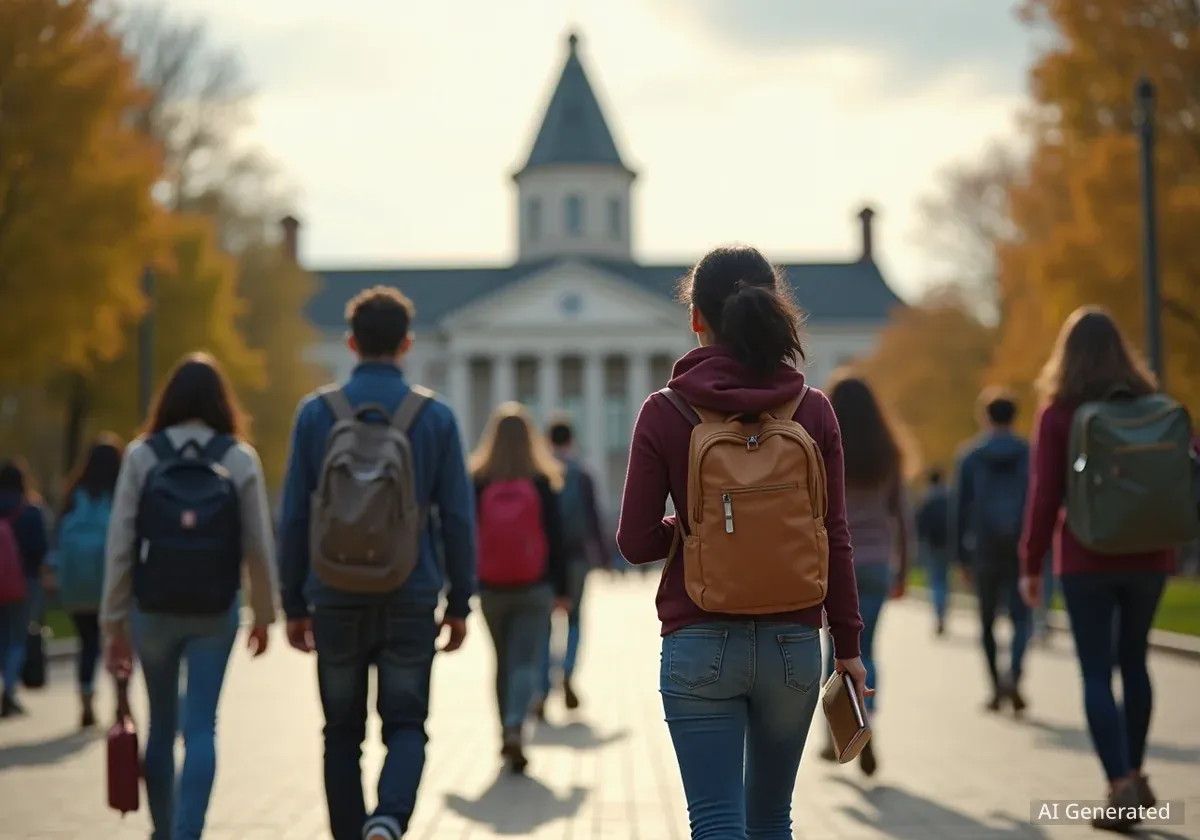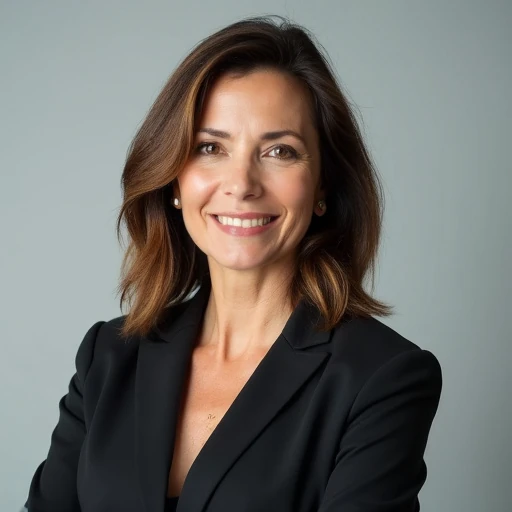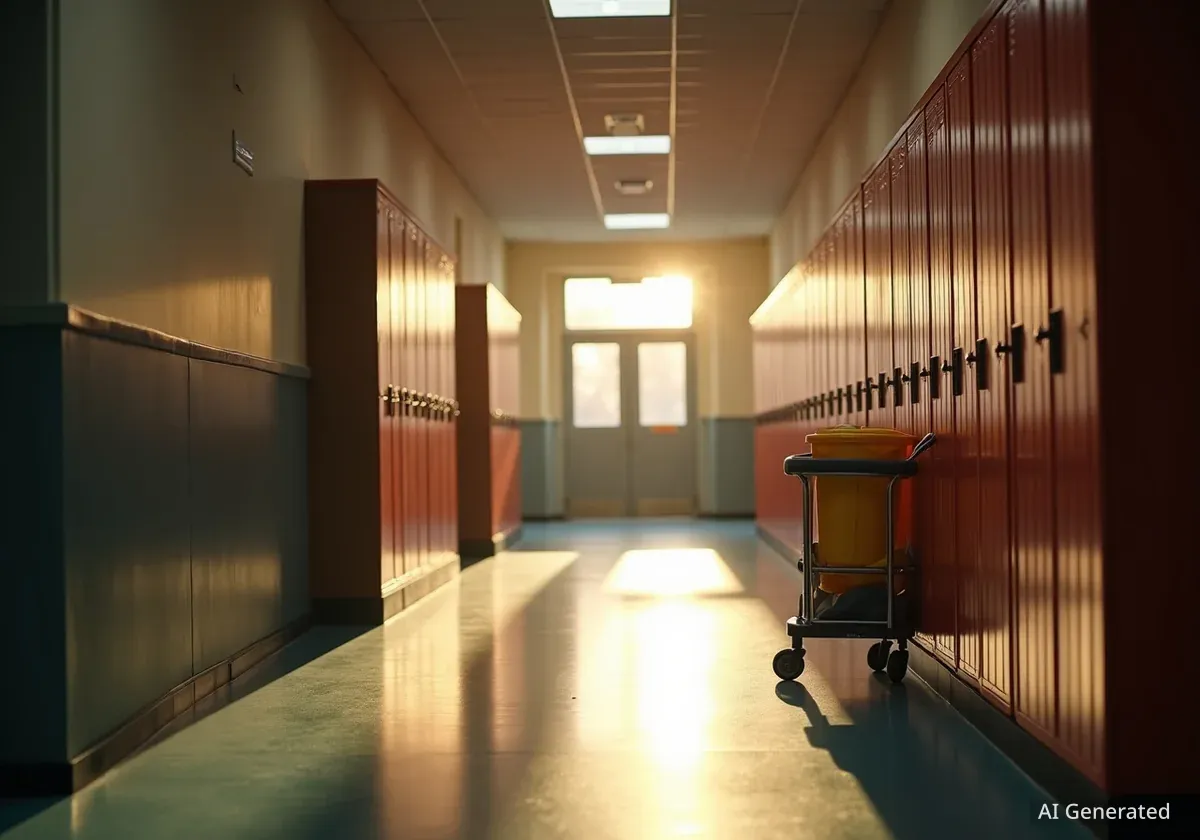A nonprofit organization is successfully connecting thousands of students in low-income high schools with credit-bearing courses from top American universities. The National Education Opportunity Network, or NEON, has provided these opportunities to over 40,000 students, aiming to bridge the gap between talent and access in higher education.
Since its launch in 2019, the program has maintained an 80 percent pass rate among its participants. A long-term study indicates that students who complete a NEON course are twice as likely to enroll in a four-year college compared to their peers.
Key Takeaways
- The National Education Opportunity Network (NEON) provides college-level courses to students in Title I high schools.
- Over 40,000 students across 33 states have participated in the program since 2019.
- Students who pass a NEON course are twice as likely to attend a four-year college, according to a Johns Hopkins study.
- The program aims to serve one million students within the next decade, offering an alternative to traditional Advanced Placement courses.
Addressing a Persistent Divide in Education
The initiative was founded by Leslie Cornfeld, who previously served as an advisor to New York City Mayor Michael Bloomberg and two U.S. education secretaries. Cornfeld identified a significant disconnect between talented students in under-resourced communities and the nation's most selective universities.
During her time in the Obama administration, she visited many Title I schools, which have a high percentage of low-income students. "We heard the same themes over and over again from principals, district leaders and students," Cornfeld noted. "That even the most talented, hard-working scholars... cannot get on the radar of more selective universities."
She observed that while universities excelled at recruiting top athletes from diverse backgrounds, they struggled to find high-achieving academic students from similar communities. This disparity prompted her to create a new model for educational access.
The Basis for Action
Cornfeld's work was also influenced by a 2017 study led by economist Raj Chetty. The analysis of over 30 million student records revealed that the most selective U.S. colleges, which offer pathways to high-paying careers, had the least socioeconomic diversity.
How the NEON Model Works
In 2019, with an initial $50,000 grant from the Carnegie Corporation of New York, Cornfeld launched the organization, initially named the National Education Equity Lab. The core mission is straightforward: bring elite university courses directly into non-elite high schools.
The program started by offering a Harvard College poetry class to students in two dozen high schools. From the beginning, it was designed with comprehensive support systems to ensure student success.
These supports include:
- Direct interaction with college professors via video conferencing.
- Training for high school teachers to act as course co-teachers.
- Mentorship from current college undergraduates who serve as teaching fellows.
This structure helps students not only master the material but also build the confidence and skills needed to navigate college applications and campus life.
"These courses give you a foundation," said Marah Rigaud, a first-generation Haitian American student who took five NEON courses and now attends Yale University. "Hearing these big names like Yale, Harvard, Georgetown can appear intimidating at first... you kind of feel a bit behind and thinking that college is some kind of impossible feat."
Scaling Up and Measuring Results
Over the past five years, NEON has expanded significantly. It now offers 60 different college credit-bearing courses from 17 partner universities, including Harvard, Yale, and Georgetown. The program has reached more than 40,000 students in 33 states.
NEON's goal is to enroll one million high school students in its online college courses within a decade. If achieved, this would surpass the number of low-income students currently taking Advanced Placement (AP) exams each year.
A Different Approach Than AP
According to a New York Times report, 60% of AP exams taken by low-income students in 2023 received scores too low to earn college credit. Cornfeld emphasizes that NEON is different. "We are a very different animal than A.P.," she said. "We are serving low-income, underresourced scholars and this model was developed for them."
A study conducted by Robert Balfanz at Johns Hopkins University is tracking the outcomes of over 10,000 NEON participants. After five years of data analysis, Balfanz found that students who pass a NEON course are twice as likely to attend a four-year college and also persist in their studies at higher rates than their peers from similar backgrounds.
Support, Challenges, and Future Outlook
Despite its ambitious goals, NEON operates with a lean structure, employing just 32 full-time staff and running on an annual revenue of $7.5 million in 2024. The organization has attracted funding from major foundations like the Bill & Melinda Gates Foundation, the NBA Foundation, and Morgan Stanley.
Venture capitalist Henry McCance is one of the program's largest individual donors. He was impressed by the model's efficiency, which leverages existing college courses and high school staff. "That gave them the ability to really start influencing thousands of students with relatively limited resources," McCance explained.
However, implementation is not without its challenges. Celeste Pico, principal of Lompoc High School in California, noted the significant time commitment required to integrate the courses. "We’d be lying to you if we told you this has not taken a lot of time," Pico said. "But we knew it was in the best interest of our students, because it’s more than having access to those classes — it’s helped close the gap for a lot of our students financially."
School districts are increasingly embracing the model. Adrienne Battle, superintendent of Metro Nashville Public Schools, plans to expand NEON offerings to all 12 of her district's zoned high schools due to positive feedback from students and parents.
With demand from new districts growing, Cornfeld is optimistic about reaching the one-million-student goal. However, funding remains a key factor. As McCance stated, "one hurdle, quite frankly, is capital."





